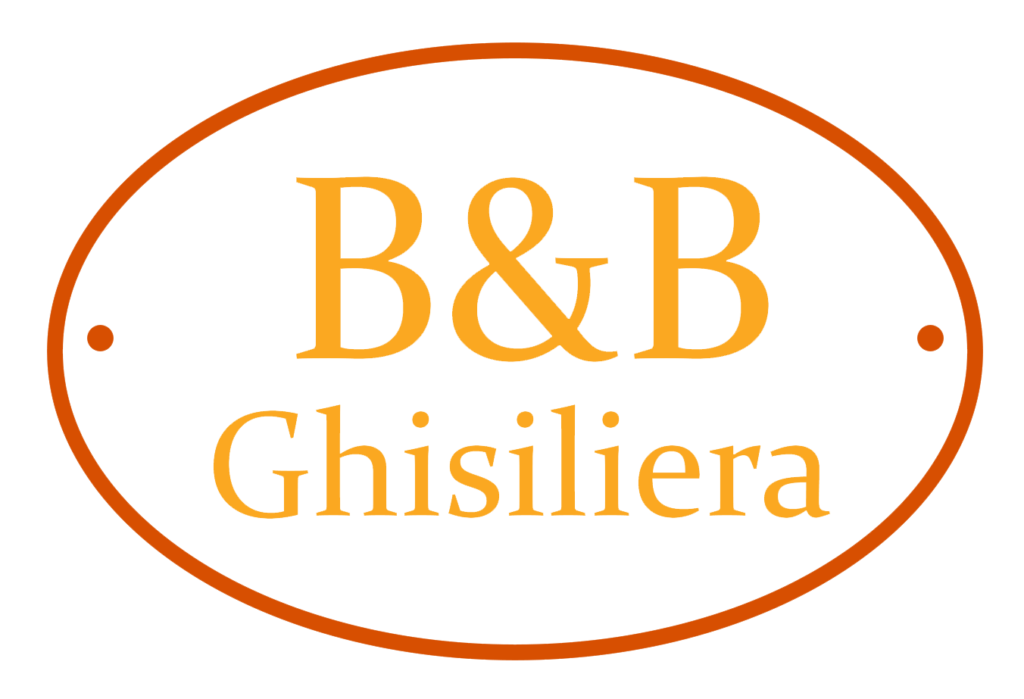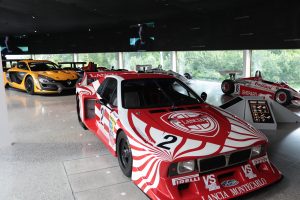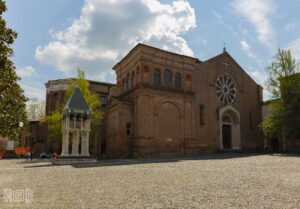La Dotta (The Erudite, an appellation of Bologna) is a city full of history and culture. The museums you can visit are plenty and thanks to them you will collect unique memories. Bologna offers many cultural choices that respond to all kinds of demands, both for children and adults.
What to do in Bologna when it rains?
The weather forecast says it will rain and you do not feel like avoiding puddles? No worries, come discover with us the many choices that Bologna offers!
Which museums are there in Bologna?
The city boasts a very high number of museums: far more than 50 expositions take shape among the streets and in the ancient buildings, with the extraordinary architectures that distinguish them.
The variety of the offer allows you to choose whether to admire classical artworks of different historical periods or to plunge among more particular and curious artistic experiences.
Therefore, if you are asking which museum to visit in Bologna, here are some expositions selected for you!
Moreover, do not miss our selection of the Five things not to be missed in Bologna during your stay in the city!
National Gallery of Bologna
Right in the university area there is the National Gallery: a collection of almost a thousand paintings stolen from churches and convents between the end of the 18th century and the beginning of the 19th century, when Napoleon’s troops invaded Bologna.
This museum is located in Belle Arti Street, 56, and it is also the Picture Gallery of the Academy.
By visiting the National Gallery not only will you have a look at the christian art and culture of this period, but you will also admire the interiors of some of the historic buildings of Bologna.
Speaking of historical buildings, here is a selection of the most beautiful houses of Bologna, both in the town center and in the countryside. Discover more!
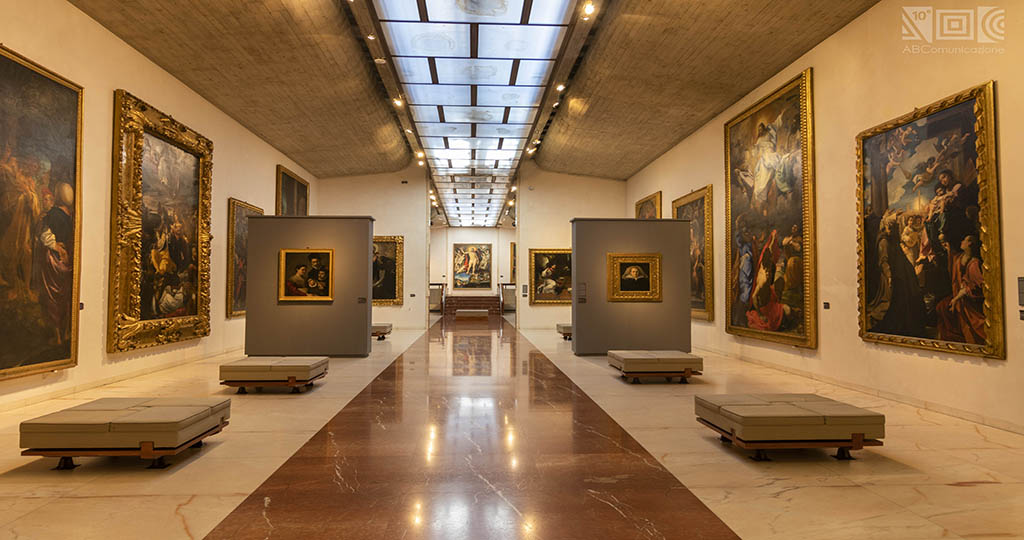
Not so far away, there is a detached home of the exposition, in Castiglione Street, 8, in the beautiful Pepoli Campogrande Palace.
Here they conserve a collection of previous artworks that date back to the 17th century and the first decades of the 18th century.
Among the pieces of this selection we want to point out, there is the Apoteosi di Ercole (The Apotheosis of Hercules) by Domenico Maria Canuti; the Sala di Felsina (Hall of Felsina) by the Rolli brothers; Sale delle Stagioni e dell’Olimpo (the Hall of the Seasons and the Hall of the Olympus) by Giuseppe Maria Crespi; the Sala di Alessandro (Alessandro’s Hall) by Donato Creti.
On the noble floor the rich collection of Giacomo Zambeccari is exposed.
For further information about schedules and fares have a look at the website of the National Gallery.
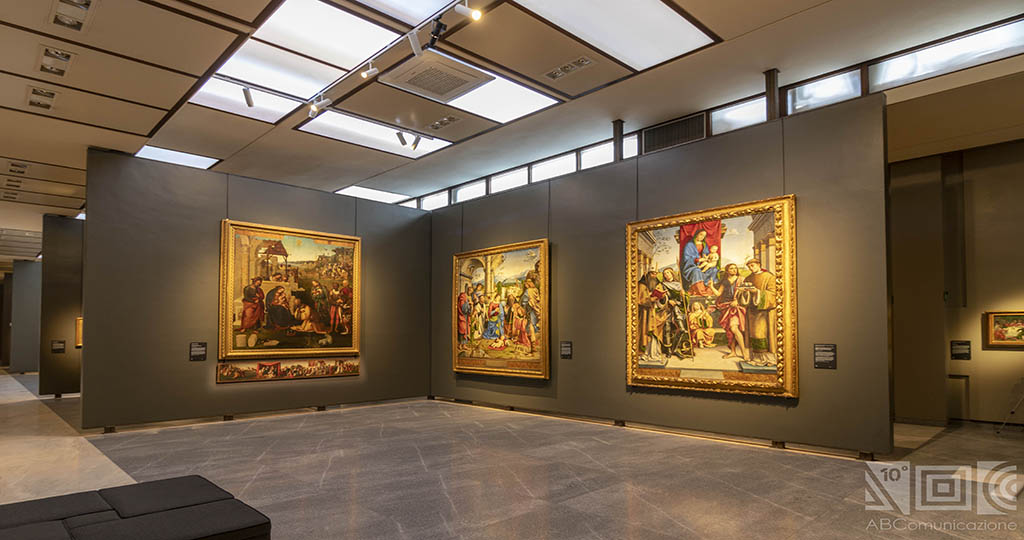
Museum Poggi Palace
If you are looking for the museums in the center of Bologna you will find for sure Poggi Palace, a beautiful building from the 16th century.
The museum is located in the university street par excellence, Zamboni Street, 33, right next to the Academy of Sciences.
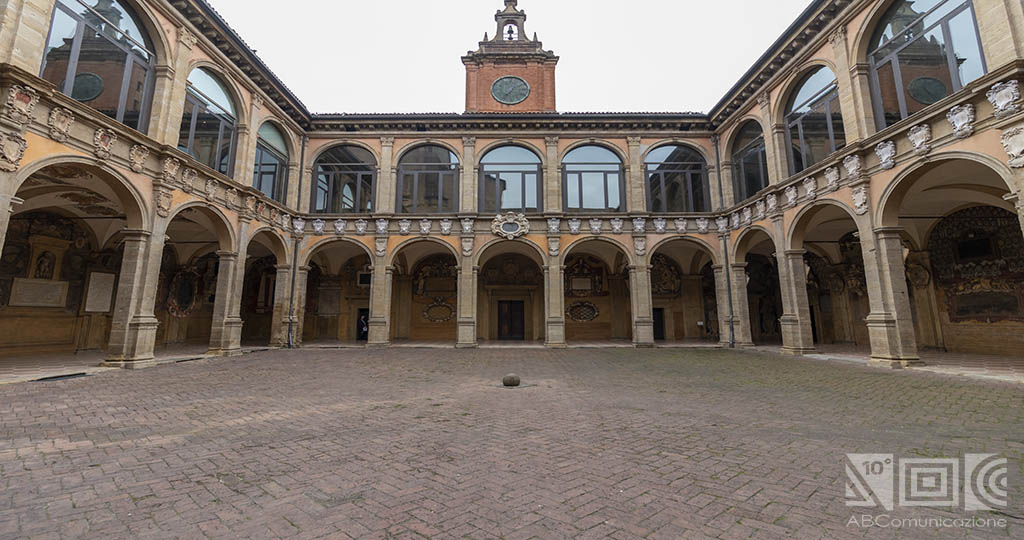
In the 18th century the ancient building was bought by the Bolognese Senate, at the behest of Luigi Ferdinando Marsili. It was destined to host the Institute of Arts and Sciences.
The rooms boast frescoes by the famous painters Pellegrino Tibaldi, Nicolò dell’Abate and Prospero Fontana.
Currently the museum stores the ancient collections of the Institute. Moreover, there are the scientific laboratories, the observatory tower for astronomical observation and the Auditorium with an extensive library.
A part from the scientific corpus, the museum contains a wide collection of woodcuts from oriental art.
It is the union of the collection of the Monte di Bologna e Ravenna Foundation and the one of the Centro Studi d’Arte Estremo-Orientale.
The prints show landscapes, women, lifescenes among the unique and strong aesthetic sense that is really worth seeing in person.
Lastly, if you go to the Poggi Palace you cannot avoid the Gallery. It is a collection of over 400 portraits of distinguished men, from the Middle Age to the beginning of the 20th century. Did you know that Bettisia Gozzadini was the first female teacher at the University of Bologna? Her bust is shown here. Discover more about her and other Women who made the History of Bologna.
Here, you can see the opening hours and the ticket list.
Collection of Anatomical Waxes “Luigi Cattaneo”
If your passion is Science or Anatomy, besides Poggi Palace you must visit the Anatomical Waxes of Irnerio Street, 48. These two locations are nearby: only ten minutes of walk divide them.
This wide collection comprehends wax models, natural bones and dried organs both of human normal anatomy and the patologic one. It represents for the studies and the scientific knowledge a place of conservation and exposition of everything that was learnt in the past, between the 18th and the 19th century.
Besides, this collection is also very important from the didactic point of view, because, with the one of the Poggi Palace, it represents the result of many medical studies that took place in Bologna between these two centuries.
The entrance is free, but for the group visits over ten people the reservation is required. Further information is available here.
Jewish Museum
In the town center of Bologna, more precisely in the ex-jewish ghetto zone, there is the Pannolini Palace, in Valdonica Street, 1/5. It hosts the Jewish Museum, which is divided in three sections.
These allow the visitors to acknowledge in a deeper way the jewish identity, along the historical stages of this people.
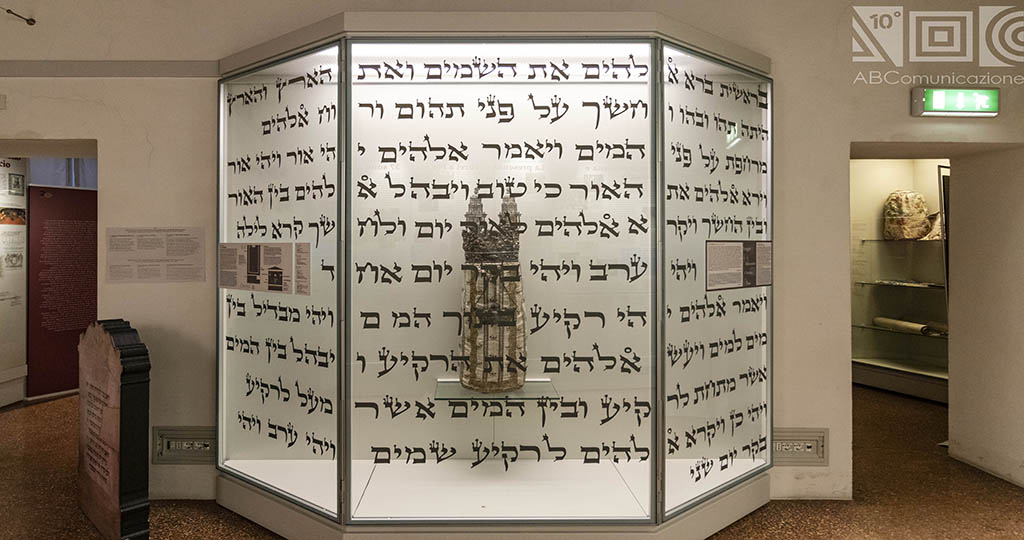
Moreover, here there are many expositions, and lots of meetings, debates and activities for children are organised.
Lastly, the Center of Documentation of the Museum is in this very location. Besides the library, it is responsible for promoting the jewish culture thanks to the collaboration with museums, universities and libraries, in Italy and abroad.
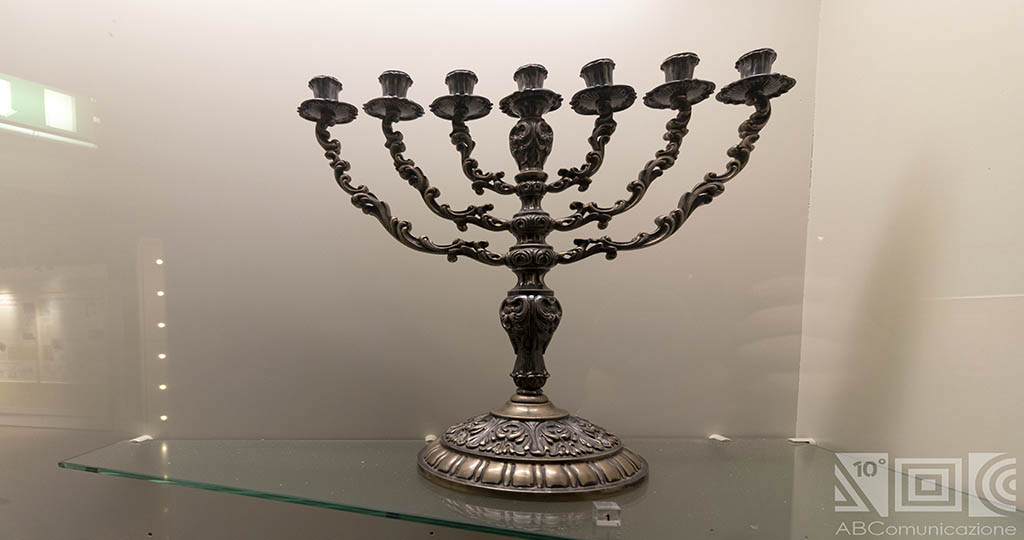
In order to know schedules and fares, visit this website.
The jewish ghetto is just a few meters away from the heart of the city, where you will admire the Basilica di San Petronio and the magnificent fountain of the Neptune! Furthermore, it is one of the Seven Secrets that characterise the city.
Which is the difference between the terms Cathedral and Basilica? Have you ever thought of it? Find out in our article about San Pietro: the Metropolitan Cathedral of Bologna!
Museum of Music
From the Two Towers, if you go to Strada Maggiore, at number 34, on your left you can find Sanguinetti Palace. With its marvelous frescoes in Napoleonic and neoclassical style, the historical building was rearranged in order to host the International Museum and Library of the Music of Bologna.
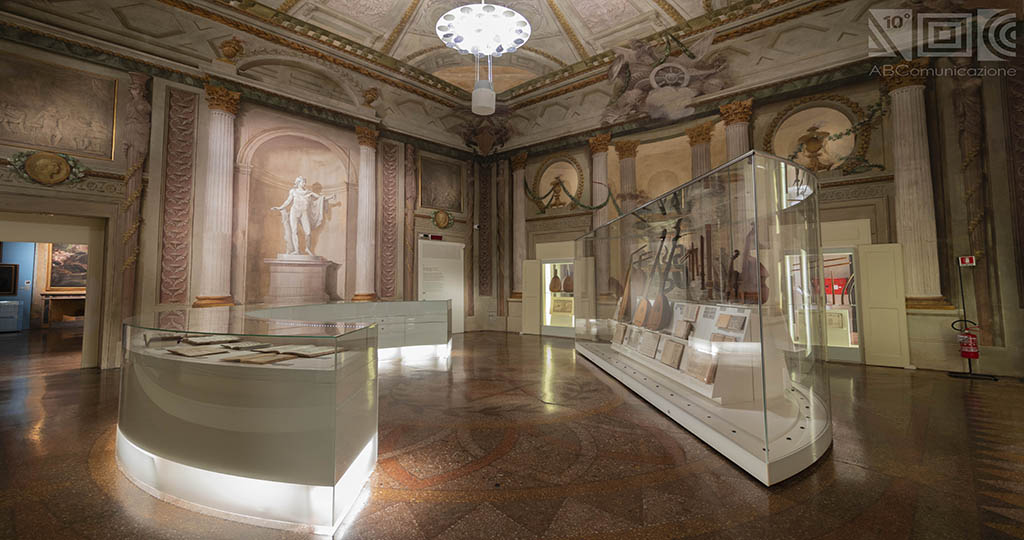
Up to the first years of this century the Municipality owned a wide musical heritage, but it remained in deposits for years.
Luckily, in 2004 the Museum of Music was founded in order to promote to the great public this rich bolognese inheritance.
Besides the musical library, the museum organizes events, laboratories and expositions. By doing so, it fosters the music in all shapes and expressions, involving both the more expert public and the turistic one, in a very interactive way.
The museum offers many itineraries, each one focused on one specific theme. Either you are more interested in Verdi or Mozart, you will find the right visit for you.
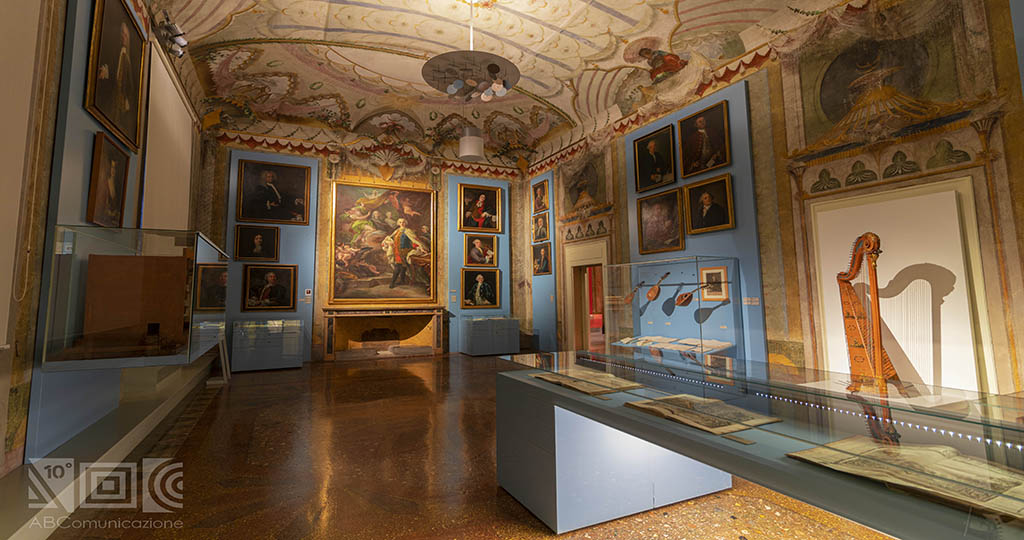
If you are into music, read also Bologna: city of music, you will discover how the Unesco recognised Bologna as the Creative City of Music. But it is not it! In fact, the Unesco also added the porticoes of Bologna as world heritage, among which there also are the ones that conduct to the Sanctuary of the Madonna of San Luca!
Renaissance Museum
The Civic Renaissance Museum is located in Carducci Square, 5, within the walls among Santo Stefano and Maggiore Gates. It is on the ground floor of Carducci House, an historical building of Bologna that has been the last home of the poet. In fact, in the garden there is a statue in his honor, made by the sculptor Leonardo Bistolfi.
The Museum is divided in five areas that refer to a specific moment of the Renaissance, from the French Revolution to the Great War. They offer a gaze that gives particular evidence to the local protagonists and events.
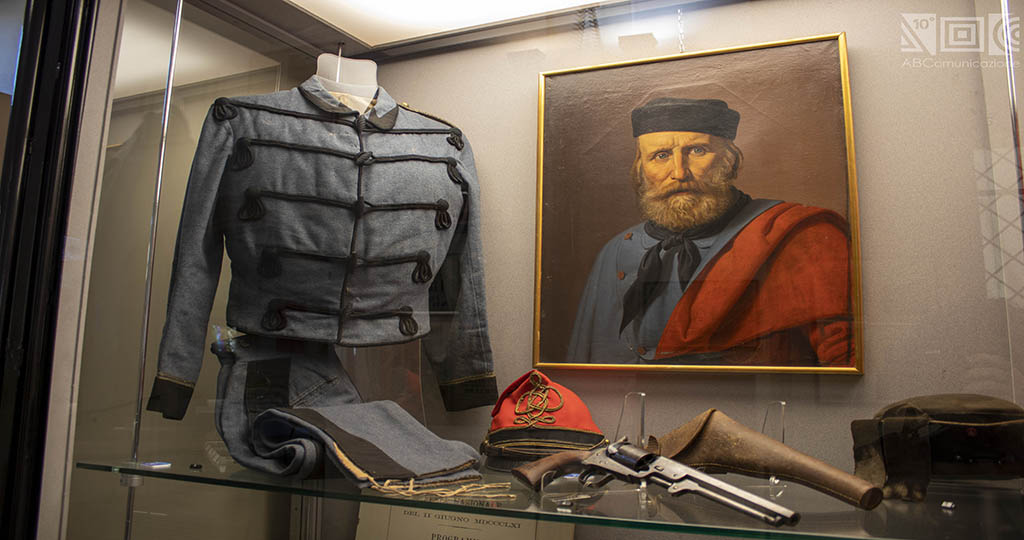
The exposition stores objects of great historical and artistic relevance, such as oil paintings, arms, uniforms, headgears, flags, handkerchiefs, medals, coins and liturgical textiles.
For information about schedules and fares see the website of the Renaissance Museum.
If you are curious to know the history of the defensive walls of the city, read our article A Journey to Discover the Walls of Bologna.
Carducci House
In the same building, in the higher floors and in the garden, there is the Museum dedicated to Giosuè Carducci. The poet lived in this very address during his last years in Bologna, and for this reason his memories were collected and furniture and furnishings were stored.
The purpose of the Museum is to promote the valorisation of the poet’s historical home, as well as the monumental garden surrounding it does. In the interiors it is also possible to admire the writer’s office.
The entrance is free, while schedules are available here.
Santo Stefano Museum
Starting from Santo Stefano Square, by going towards the city walls, in Santo Stefano Street, 24, you will find on your left the omonimous Museum.
The two exhibition halls once were the refectory of a Benedectine Monastery. After a series of important restorations that occurred in the 19th century, these places were destined to the museum.
In the first hall there are exposed religious artworks by Jacopo di Paolo, Vitale da Bologna, Lippo di Dalmasio, Simone dei Crocifissi and Michele di Matteo.
Instead, in the Benda Chapel, which dates back to the 17th century, you can admire reliquaries, statues, bas-reliefs and canvases. Among these, the cape of San Petronio, the SS. Trinità (Holy Trinity) and the Strage degli Innocenti (Slaughter of the Innocents) by Guido Reni stand out.
The museum is open everyday and the entrance is free. For further information consult the website.
If you want to know more about the Complex of Seven Churches and its misteries, read our articles about the Complex and the Four Crypts! Furthermore, near the Basilica of Santo Stefano, there is the Complex of San Giovanni in Monte, now part of the university, that new a series of changings and interesting transformations during centuries!
Municipal Art Collections
One of the buildings that face Maggiore Square is Accursio Palace, where the Municipal Art Collections are based. This Museum was founded in 1936, with the purpose of enhancing the civic collections, from the 13th to the 20th century.
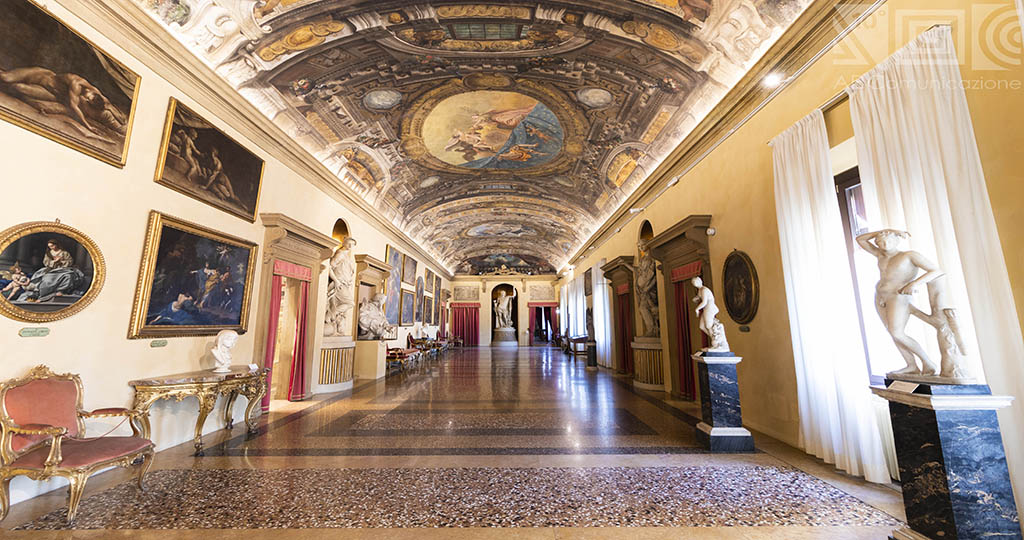
Over time, the Municipality of Bologna has collected a great artistic heritage, containing paintings, furniture, furnishings, home decors and more. Among these, the elements by Pelagio Palagi and Cincinnato Baruzzi have significant relevance.
In particular, we point out the Boschereccia Hall, in clear Napoleonic style. The walls of this environment look like they open to great green places, and this aspect follows the neoclassical trends.
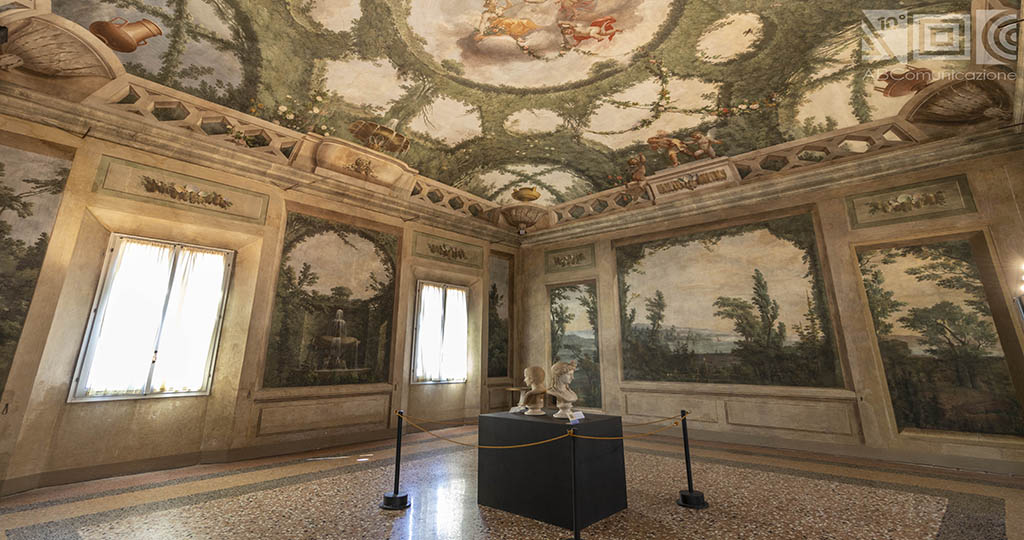
On the website of the Municipality Collections there is all the useful information to plan a visit.
Civic Archeological Museum
In the very center there is Galvani Palace, in Archiginnasio Street, 2, which for years now hosts the Civic Archeological Museum. Thanks to its wide heritage, the visitors can get to know the history of Bologna from prehistory to Roman times. The museum boasts a very conspicuous collection of findings from the Etruscan ages, one of the most important phases in the past of Bologna.
Moreover, if you are into the Egyptians, here you can admire one of the richest Italian collections, after Turin and Florence. And it’s not it, because besides these antiquities, there are Greek, Etruscan-Italic and Roman collections.
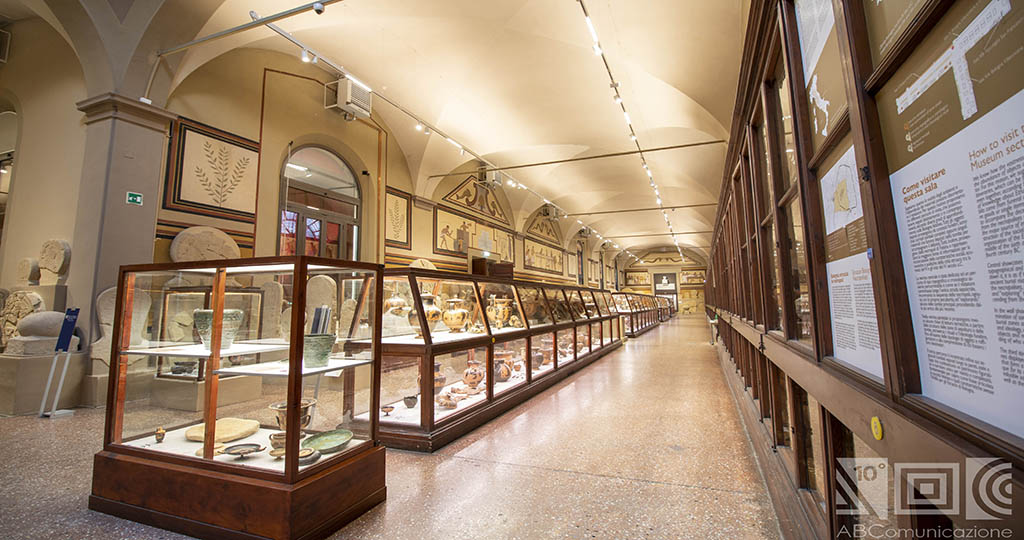
From the moment that the Museum boasts this rich heritage, it is recommended to choose a single section. In this way the public will be able to attend a deepened visit focused on a single topic.
Tickets can be bought from the website of the Civic Archeological Museum. By doing so, you can go there in the scheduled time avoiding any line.
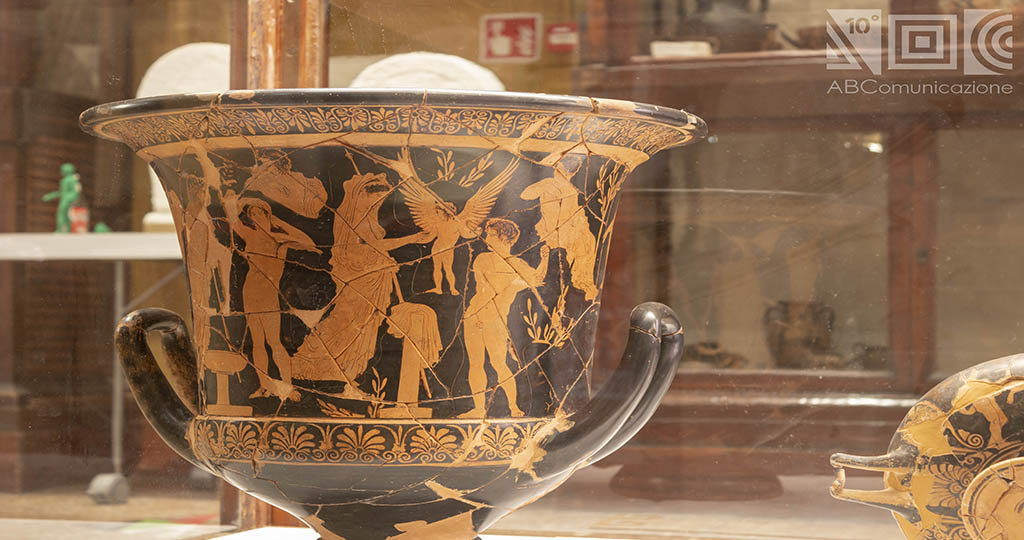
Anatomical Theatre
A few steps from Galvani Palace, the Municipal Library of the Archiginnasio hosts the hall of the Anatomical Theater, right in Galvani Square, 1.
Unlike what it seems, it is not a theatre. Instead, it is a hall that was planned by the bolognese architect Antonio Paolucci for anatomy lessons. He was also called Il Levanti, and he was a scholar of Carracci. The room was called like this for its amphitheater shape.
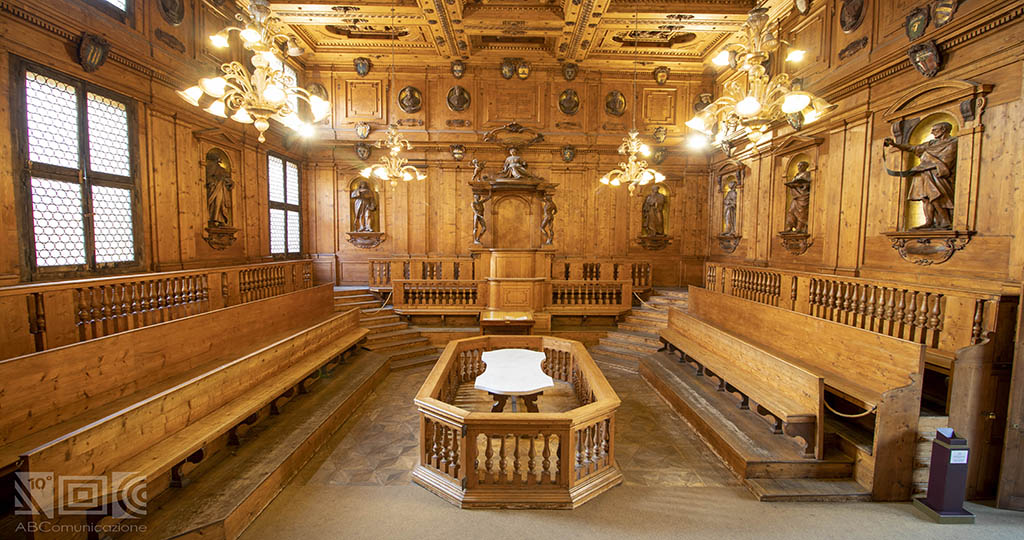
Made of fir wood, the hall is decorated with statues that represent twelve famous doctors and twenty of the most known bolognese anatomists. Among the doctors there are Ippocrate, Galeno, Fabrizio Bartoletti, Girolamo Sbaraglia, Marcello Malpighi, Carlo Fracassati, Mondino de’ Liuzzi, Bartolomeo da Varignana, Pietro d’Argelata, Costanzo Varolio, Giulio Cesare Aranzio and Gaspare Tagliacozzi.
In the center of the room there is the chair of the demonstrator, while next to it, higher, there is the one of the reader, lined by the statue called Spellati. While over it, the allegory of Anatomy is a feminine sit figure. Next to her, a winged putto offers her not a flower but a femur.

In 1944, during the bombs of the war, the room was disrupted. Luckily, the original statues were found and the theater was re-constructed just like before.
The coffered ceiling was made by Levanti as well. In the middle there is Apollon, the god that protects medicine. Around him there are fourteen constellations represented by symbolic figures. The reason for this choice comes from the old use of consulting the stars before operations or before giving pharmacs.
Here you can find schedules and ticket lists on the Anatomical Theatre website.
Water Factory
If you are looking for a more particular experience, the Water Factory of Monaldo Calari Street, 15, is just the thing for you.
Inside the city walls, for those who stay at the B&B Ghisiliera it is for sure a very convenient option, since they’re less than ten minutes of walk away.
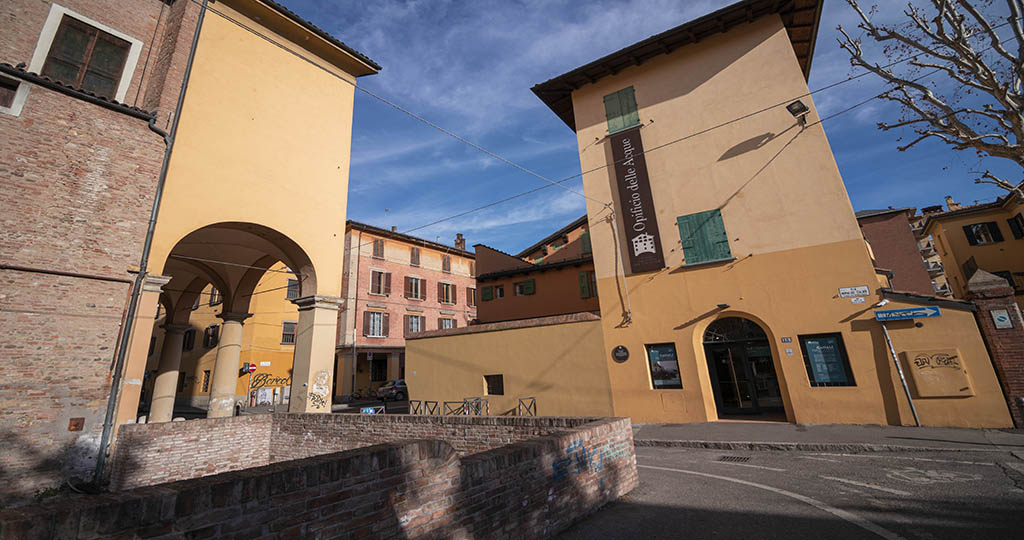
This didactic center has the purpose of collecting, documenting, preserving and disclosing the testimoniances of the past and current years regarding Bologna as the City of Waters.
More precisely, this expression alludes to the bond that from centuries now links the urban development and the maintenance of the hydraulic structures.
The factory was built in 1681 in order to control the traffic of the canal waters. Therefore, thanks to a very dense network of ducts, the water was distributed to all the productive activities of Bologna. In this way they also avoided flooding.
The water Factory allows either autonomous or guided tours, what is important is to book in advance: to do so, check the website.
MAMbo
The Museum of Modern Art of Bologna offers an itinerary that covers the timeline from the second post-war period to now, trying to follow the most innovative paths of contemporary art.
If you are looking for museums in Bologna’s center, the MAMbo is what you want. Moreover, it is in Don Minzoni Street, 14, a few minutes from the train station.
With the purpose of promoting nowadays’ art in order to encourage its knowledge, MAMbo cooperates with numerous institutions and academies, and it is the home of the Institution Bologna Museums. It is located in the heart of the cultural district of the Manufacture of Arts, that also comprehends the Cineteca of Bologna, the faculty of Communications, the laboratories of the DAMS Department, associations and art galleries.
Among the permanent collections, there is what was once exhibited at the GAM, the previous Modern Art Gallery of Bologna.
In addition, it is possible to visit the Morandi Museum that promotes the influence of the contemporary artist. The collections of the painter are in connection with the founding values of the museum. The paintings of Giorgio Morandi are always more, thanks to acquisitions, donations and loans.
The MAMbo also hosts temporary exhibitions that always observe the museum’s principles, such as research and experimentation of new expressions of art.
For further information check the website of MAMbo.
Where to go in Bologna with children?
No worries, there are many experiences for the youngest public, in order to make him have fun, among culture. These we suggest are cultural activities, bu,t if you want, Sfoglia Rina organises courses for children on pastamaking! Check it out in our article Fresh pasta: the art of bolognese grannies.
Capellini Museum
In Zamboni Street, 63, there is the Geological and Paleontological Museum, founded in the second part of the 19th century thanks to Giovanni Capellini. The collection contains the results of over five hundred years of didactics and research.
In the Capellini Museum can be seen findings of rocks, plants, vertebrates and invertebrates. For sure, children can’t wait to see the skeletons of the Pliocenic mastodon and the gigantic Jurassic dinosaur model of Diplodocus.
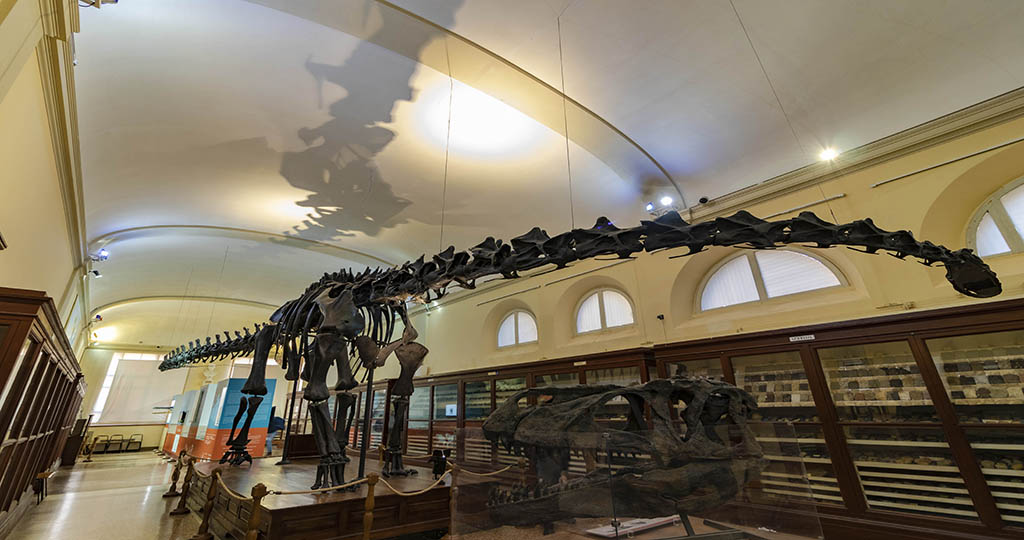
For further information check the website of the Museo Capellini.
Botanical Garden
In Irnerio Street, 42, a few steps from the Museum of the Anatomical Waxes, there is the Botanical and Herbarium Garden of Bologna.
It is a museum of vegetation that, since the 16th century, has contributed to teaching medical botanics. This function allows students to know the medicinal plants, thanks to the collection of over 130 thousands dessicated plants.
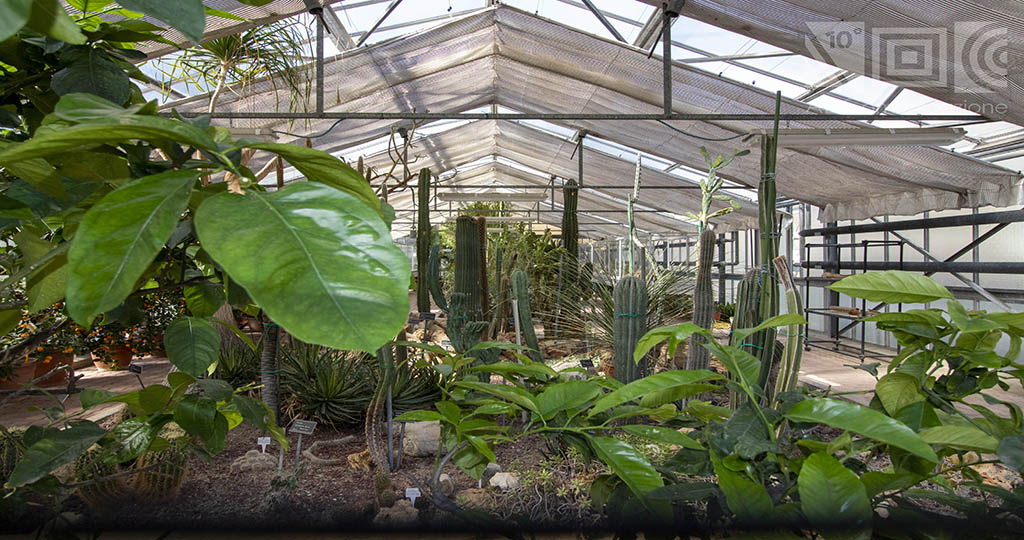
Furthermore, the Botanical Garden plans activities and laboratories for children, focused on specific topics. For instance, they can go once a month to the garden and observe the changing of trees and shrubs between autumn and spring.
On the website of the Botanical Garden you can see the opening hours and the other activities.
If you want to deepen your knowledge of plants, you should read our article The Botanical Garden of Bologna. Did you know that once is was in the actual building of the Salaborsa Library? Read more!
And if it stops raining and you feel like imerging in nature, have a look at our suggestions of paths and excursions.
Bibliography
- Baldi F., Franzoni G. (a cura di), Bologna. Una provincia cento musei, Bologna, Pedragon, 2005.
- Huber A., Le ragioni del Museo. Una lettura Museografica delle collezioni dell’Università di Bologna, Bologna, CLUEB edizioni, 1999.
- Scatasta R., Il Mambo al forno del pane, Losanna, SKIra, 2007.


